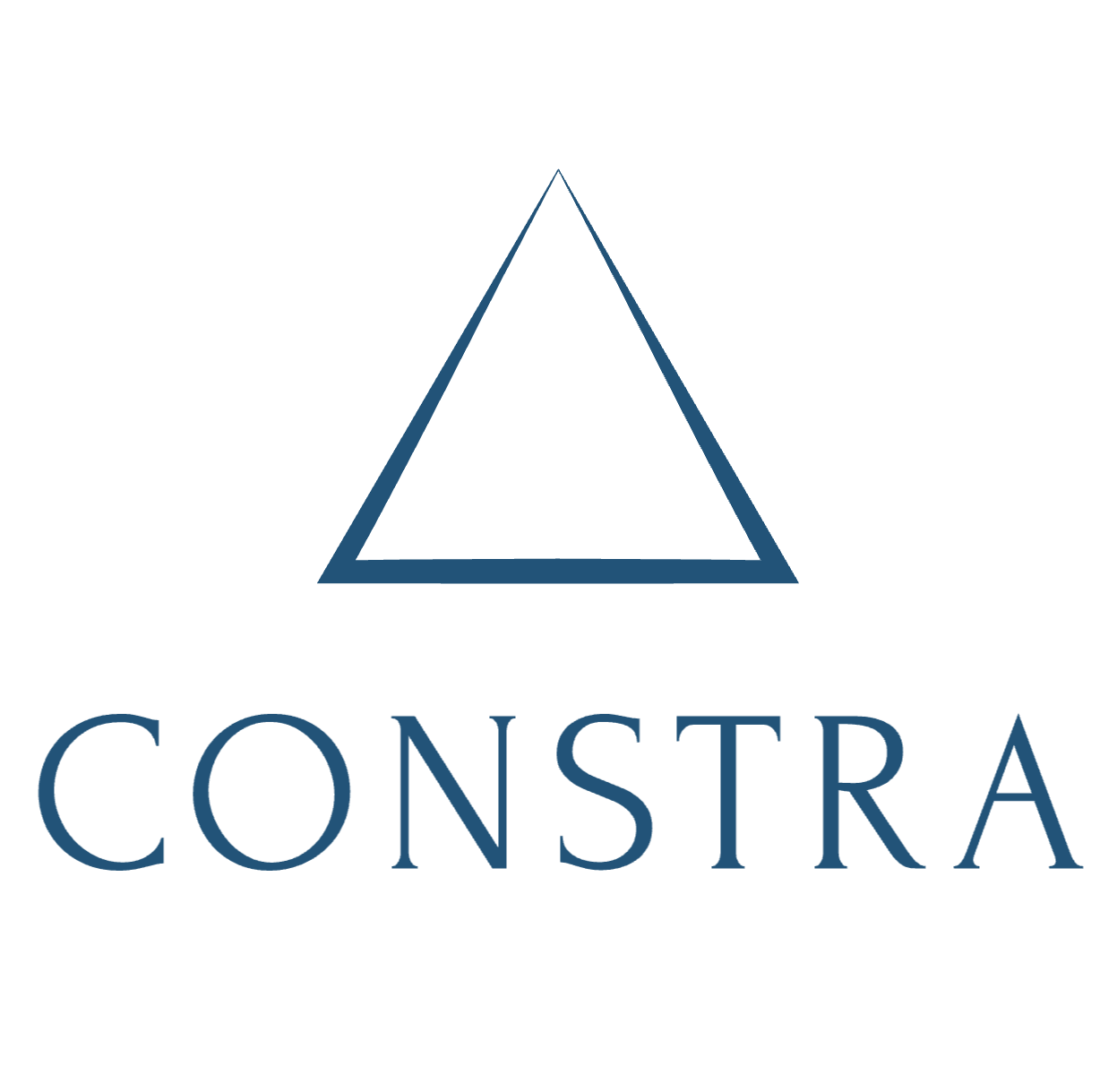Visual intelligence is highly important during design and construction processes. Visual intelligence tools aren’t only important for engineers and architects but also for investors and clients. However, it is helping construction industries in multiple ways. Let’s learn some facts about visual intelligence in construction to know more about things in this regard.
So, here we go:
1. The growth of visual intelligent platforms
Visual intelligence technology is experiencing tremendous growth because of multiple reasons. It combines different data streams, including traditional and volumetric, with immersive technology. This technology helps in transforming data into valuable insights and understanding. It can unlock a building’s value. It will let asset managers see the building’s full health and identify integrated sustainable measures.
2. Improved construction processes
With this type of intelligence, you can improve your construction process. The technology helps you to see the component choices and material impacts. Ultimately, you can see and address the project’s health and any potential issues earlier.
3. Impressive architectural visualization
This technology offers impressive architectural visualization of a structure and building. So, you can easily bring the project to life for your customers even during the design phase.
4. Visual intelligence is the future of facilities management
It helps the facilities manager to add visuals to their maintenance reports. This is exactly where this technology is making its space in the future of facility management. This cutting-edge technology will help the customers make the most out of their facility maintenance experience.
5. Visual intelligence helps in presenting construction projects more engagingly.
Even though the earlier construction stages are like a selling dream, visual intelligence can let you present your construction project more engagingly by giving you a glimpse of how fantastic the project will look after completion.
6. Visual intelligence can bring clarity to a construction project
It gives more clarity and helps stakeholders and construction managers. They can base their decisions and approvals on visual data easily.
7. Identifying and discussing issues become easier
It also makes your construction project more efficient. You can identify and discuss any possible construction errors before they are buried. Ultimately, enhancing construction accuracy will become easier.
8. Visual intelligence makes it easier to trial different design options
Sometimes different design options feel compelling, making it difficult to choose. Fortunately, visual type intelligence can help you try different options and decide which will look better for your project.
9. Visual intelligence is helping in projects spread monitoring
Major construction developers are trying out different visual intelligence platforms to monitor the spread of their projects across different geographies. Fortunately, such platforms help them work from anywhere using their mobile or desktop systems.
10. The technology aids in construction accuracy.
Visual intelligence tools provide valuable data in surveying and planning a construction site. You can use this data as a visual reference for any stakeholder, even those working remotely. Moreover, engineers working on the site can also pull the data and observe it for enhanced construction accuracy.
Did you know?
HUVIAiR is a pioneer of visual intelligence-driven, construction management software. Its flagship SaaS platform CONSTRA is used by real estate developers, project management companies, construction contractors, and financiers like banks to drive efficiency, streamline operations, reduce costs and accelerate the completion of construction projects.
CONSTRA ingests visual inputs from drones, 360 cameras, laser scanners, mobile phones and as well as traditional sources like CAD drawings and BIMS. The platform then extracts the technical and operational information within them onto a visually appealing dashboard.
Companies using CONSTRA are able to save up to 65% of the time on progress monitoring, reduce supervisory manpower requirements by at least 50% and reduce the overall project cost by up to 20%.




